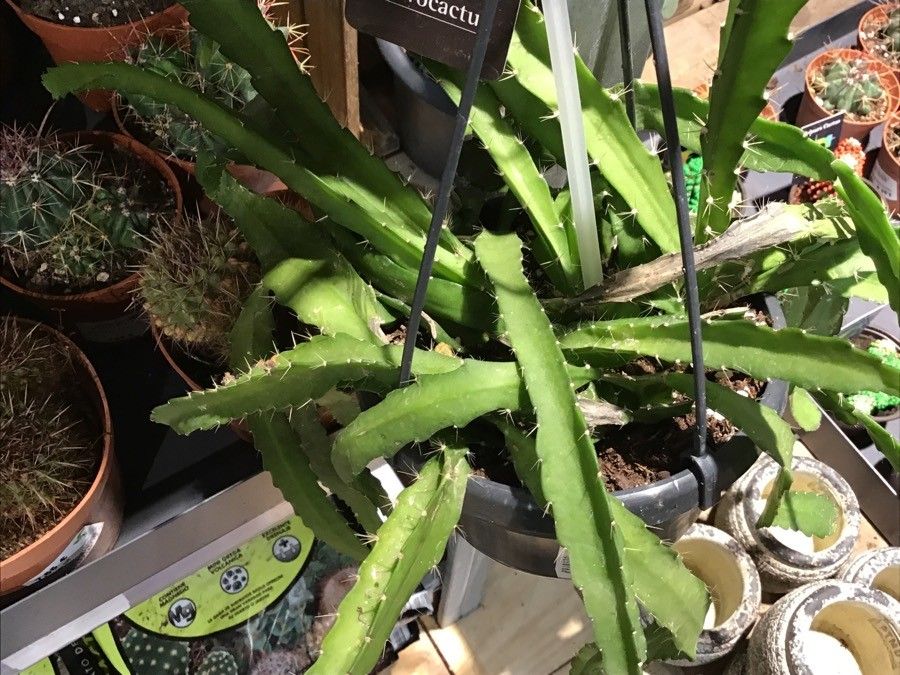Propagating the Rat’s Tail Cactus (Aporocactus martianus): A Guide for Enthusiasts
Introduction:
Aporocactus martianus, commonly known as the Rat’s Tail Cactus, is a captivating epiphytic cactus prized for its long, pendulous stems adorned with vibrant pink flowers. Its unique, cascading growth habit makes it a popular choice for hanging baskets and adds a dramatic touch to indoor gardens and conservatories. While its relatively easy cultivation contributes to its popularity, propagation can present some unique challenges. This guide explores various methods for successfully propagating this fascinating plant, weighing the rewards and difficulties involved in each approach.
Seed Germination:
Currently, there are no known reliable methods for seed germination propagation of Aporocactus martianus. While the plant does produce seeds, germination rates are notoriously low, and successful seedling establishment is exceptionally challenging even under optimal conditions. Further research is needed to determine if specific stratification techniques or germination media could improve success.
Cuttings:
This is the most common and reliable method for propagating Aporocactus martianus.
Challenges: Cuttings can be prone to rot if not allowed to callous properly before planting. Proper hygiene is crucial to prevent fungal infections.
Practical Tips: Take 4-6 inch stem cuttings in spring or summer. Allow the cut ends to callous for a few days to a week in a dry, shaded area. Plant the cuttings in a well-draining cactus potting mix, ensuring only the bottom inch or so is buried. Avoid overwatering. High humidity levels (e.g., using a propagation dome) can aid in rooting. Root formation usually takes several weeks.
Rewards: Cuttings offer a relatively straightforward method of propagating numerous plants from a single parent, preserving its desirable traits quickly and efficiently.
Division:
This method is feasible for larger, well-established Aporocactus martianus plants.
Challenges: Dividing the plant can be stressful, potentially harming the parent plant if not done carefully. Each division needs to possess sufficient roots and stems to survive independently.
Practical Tips: Divide the plant during the spring or early summer, carefully separating the root ball into several sections, each with ample roots and stems. Plant the divisions into individual pots with fresh cactus potting mix, ensuring adequate drainage. Water sparingly until new growth appears.
Rewards: Division allows for the rapid propagation of multiple plants, preserving the desirable characteristics of the parent plant.
Tissue Culture:
This advanced method offers potential for large-scale propagation and disease-free plants.
Challenges: Tissue culture requires specialized equipment, sterile conditions, and a specific expertise in plant tissue culture techniques. It is not a beginner-friendly method.
Practical Tips: Sterile techniques are paramount. A suitable medium containing plant hormones will be needed to initiate callus and shoot formation. Once plantlets develop to a suitable size, they are rooted and gradually acclimated to normal growing conditions. Protocols need to be specific to Aporocactus martianus. Information may be limited depending on local research availability.
Rewards: Tissue culture allows for the rapid production of large numbers of genetically identical plants, making it ideal for commercial propagation or large-scale conservation efforts. It also eliminates many of the risks associated with traditional propagation methods, like disease transmission.
Conclusion:
Propagating Aporocactus martianus presents unique challenges depending on the chosen method. While seed germination is currently unreliable, cuttings provide a straightforward approach for the home gardener. Division is practical for larger plants, and tissue culture offers the potential for mass production, albeit with significant expertise and resources required. The satisfaction derived from successfully propagating this beautiful cactus, especially using cuttings, is substantial and rewarding in many ways. The unique cascading habit of the Rat’s Tail Cactus is well-worth the effort. Don’t be discouraged by initial setbacks – patience and careful attention to detail are key to success in propagating this captivating plant. Start with cuttings, master that technique, and then perhaps explore the more advanced methods later.

